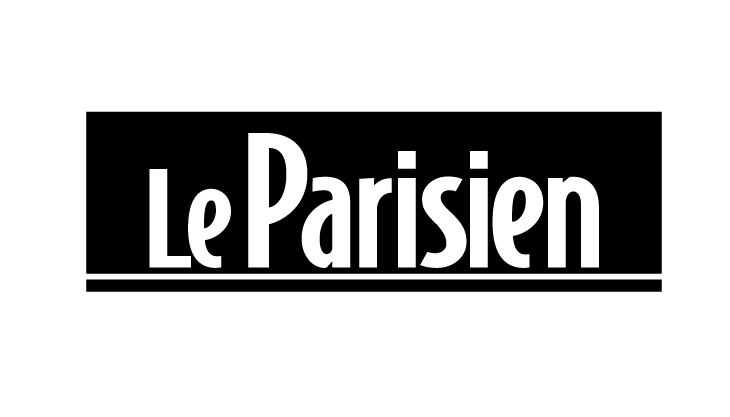Middle Ages paintings
Medieval painting, spanning nearly a millennium of European art history, is much more than just a category of art. It is a world where every work has a spiritual function. From Romanesque frescoes to late Gothic illuminations and altarpieces, this art is characterised by intense symbolic richness, expressive use of colour, and stylised representation of figures, particularly Christ, the Virgin Mary and the saints. Each painting from this medieval period is designed to uplift the soul, often by artists who remain anonymous but whose talent continues to amaze us.
Enhance your interior with the depth of a reproduction of a medieval painting, each one guaranteed to be of the highest quality. Exploring our collection is like inviting a piece of art history into your home. Whether it's a Gothic scene or Romanesque art, a reproduction of a medieval painting will add a unique touch to your decor.
Immerse yourself in medieval painting: Romanesque and Gothic styles
At the beginning of the Middle Ages, Romanesque art dominated Europe. Characterised by robust forms and a sober colour palette, Romanesque painting was mainly found in the wall frescoes adorning churches. These works were intended to educate the population, with each painting from this medieval period recounting biblical episodes in a direct narrative style. The drawings are powerful, and the perspective is rudimentary, prioritising clarity of message over realism.
From the 12th century onwards, first in France and then in the rest of Europe, the Gothic style emerged, bringing a new sensibility to painting. Influenced by cathedral architecture, Gothic art is distinguished by its elegant forms and richer, more nuanced use of colour, particularly to symbolise divine light. This was also the era of wood painting, with altarpieces depicting scenes such as the Annunciation or the Crucifixion of Christ, treated with increasing emotion, foreshadowing the Italian Renaissance. The Virgin Mary, a central figure in medieval art, became more human.
Major artists of the Middle Ages
Although many artists of the Middle Ages remained anonymous, their collective talent shaped the imagination of their time. At the end of the medieval period, names began to emerge, marking the transition to the status of artist. One of the pioneers was Giotto di Bondone. This Italian painter is often considered a precursor of the Renaissance. His frescoes revolutionised painting with their sense of space and expression of human emotions. His depictions of Christ and the Virgin Mary are strikingly lifelike, and Giotto di Bondone's work marks a turning point in the history of art.
In Flanders, masters such as Rogier van der Weyden excelled in oil painting on wooden panels, achieving remarkable realism. His work The Descent from the Cross, kept at the Prado Museum, is an iconic painting due to its composition. In France, Jean Fouquet was a major figure of this period. His Melun Diptych, featuring the Virgin and Child, demonstrates exceptional mastery of colour, blending Gothic tradition with the Italian Renaissance.
Other works by these artists include countless depictions of saints, scenes from the life of Christ such as the Annunciation, the Nativity and the Crucifixion, as well as complex themes such as the Trinity.
Iconic works of the Middle Ages
Medieval painting, rich and diverse, foreshadowed the Italian Renaissance, often distinguishing itself from the sculpture of the period through its exploration of colour and expression. These medieval arts saw the rise of masters such as Giotto di Bondone, Rogier van der Weyden and Jean d'Orléans.
The work, The Scrovegni Chapel Frescoes (Fresco, 1303-1305, Scrovegni Chapel, Padua) by Giotto di Bondone, revolutionised pictorial narration. Similarly, Saint Francis Receiving the Stigmata (Tempera on wood, 1295-1300, Louvre Museum, Paris), another work attributed to Giotto di Bondone, features innovative drawing, a legacy for all subsequent painters. These 13th- and 14th-century paintings marked a break with the past in order to touch on a new humanity, distinct from the more hieratic sculpture.
Another major painter, the Flemish painter Rogier van der Weyden, excelled in rendering textures. With The Descent from the Cross (oil on wood, 1435, Prado Museum, Madrid), a masterpiece by Rogier van der Weyden, the influence on European art was considerable. Rogier van der Weyden's art focuses on the human figure, contrasting with the monumentality of sculpture and architecture.
Other paintings from this medieval period include, among others, The Adoration of the Mystical Lamb (oil on wood, 1432, St. Bavo's Cathedral, Ghent) by Jan Van Eyck, and the Merode Triptych (oil on wood, 1427-1432, The Cloisters, New York) by Master Robert Campin, which display a wealth of colour, particularly red, blue and green, and exceptional precision of design. The complexity of these works often goes beyond the simple material framework.
Treasures such as Les Très Riches Heures du duc de Berry (illuminated manuscript on parchment, 1412-1416, Musée Condé, Chantilly) associated with the Limbourg brothers, or the Maciejowski Bible (illuminated manuscript on parchment, 1240-1250, Morgan Library & Museum, New York) by an anonymous artist, demonstrate a mastery of drawing.
The Wilton Diptych (painting on oak panels, 1395-1399, National Gallery, London), an anonymous work, and the Narbonne Altarpiece (grisaille on silk, 1375, Louvre, Paris), generally attributed to Jean d'Orléans, reveal unrivalled finesse.
Each frame of these works often depicts a saint or holy figure, such as Saint Catherine or Saint John, in a detailed architectural setting. Duccio's Maestà del Duomo (tempera and gold on wood, 1308-1311, Siena), Simone Martini's Annunciation (tempera and gold on wood, 1333, Florence), The Adoration of the Magi by Ambrogio Lorenzetti (fresco, 1338-1339, Siena), the Christ in Majesty of Taüll (fresco, c. 1123, Barcelona), typical of Romanesque art and the work of an anonymous master, the Romanesque frescoes in the crypt of Anagni Abbey (fresco, 13th century, Anagni), and The Virgin of Vladimir (tempera on wood, early 12th century, Moscow), are all milestones in this medieval art form that paved the way for the Renaissance. These works, through their treatment of the holy figure and the harmony of their colours, influenced art well beyond their own century, sometimes eclipsing sculpture in their visual impact within the context of religious architecture, and paved the way for the future Renaissance.
Symbolism and message in medieval painting
Beyond their aesthetic beauty, medieval paintings are imbued with deep symbolism. Every element, every colour and every gesture has a meaning that was understood by contemporaries. Red can symbolise the blood of Christ, charity or martyrdom, while blue represents the purity of the Virgin Mary or the divine. Gold evokes holiness and heavenly light. The attributes of saints allow them to be identified, such as Saint Catherine with her wheel or Saint Peter with his keys.
Even the architecture of paintings often has symbolic significance. This narrative art aims to educate the viewer, making each painting a visual sermon. The Trinity is often depicted in a codified manner to express a complex dogma. An exhibition of these works reveals a world rich in meaning.
Medieval painting and its appeal in wall decoration
Medieval art has left a legacy that has influenced generations of artists and continues to fascinate with its spirituality. Works from this period are preserved in the world's greatest museums, testifying to their importance in the history of art. Incorporating a reproduction of a medieval painting into your wall decoration means choosing a work that has a soul and a story to tell.
Whether they depict the Annunciation, the Virgin and Child, a scene from the Crucifixion or a portrait of a saint, these paintings bring a spiritual dimension to any interior. The richness of the colours, the finesse of the drawing and the nobility of the subjects create an atmosphere conducive to contemplation. A medieval painting, enhanced by a high-quality frame, becomes a focal point that enriches the space.

































































































































